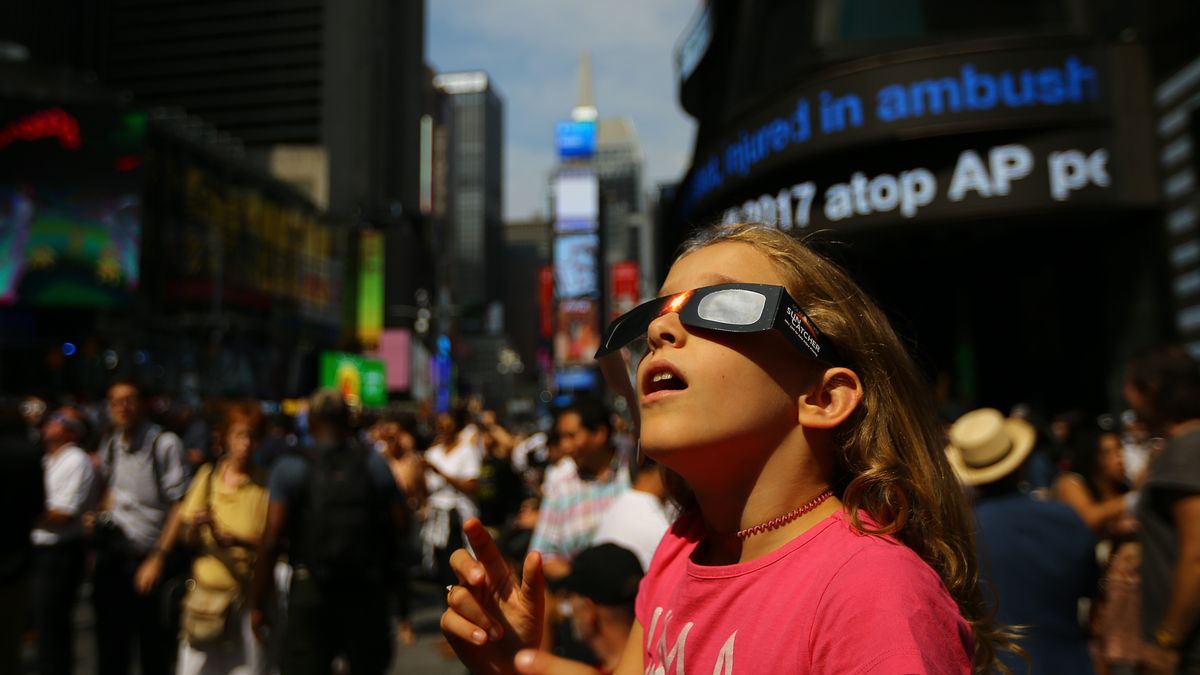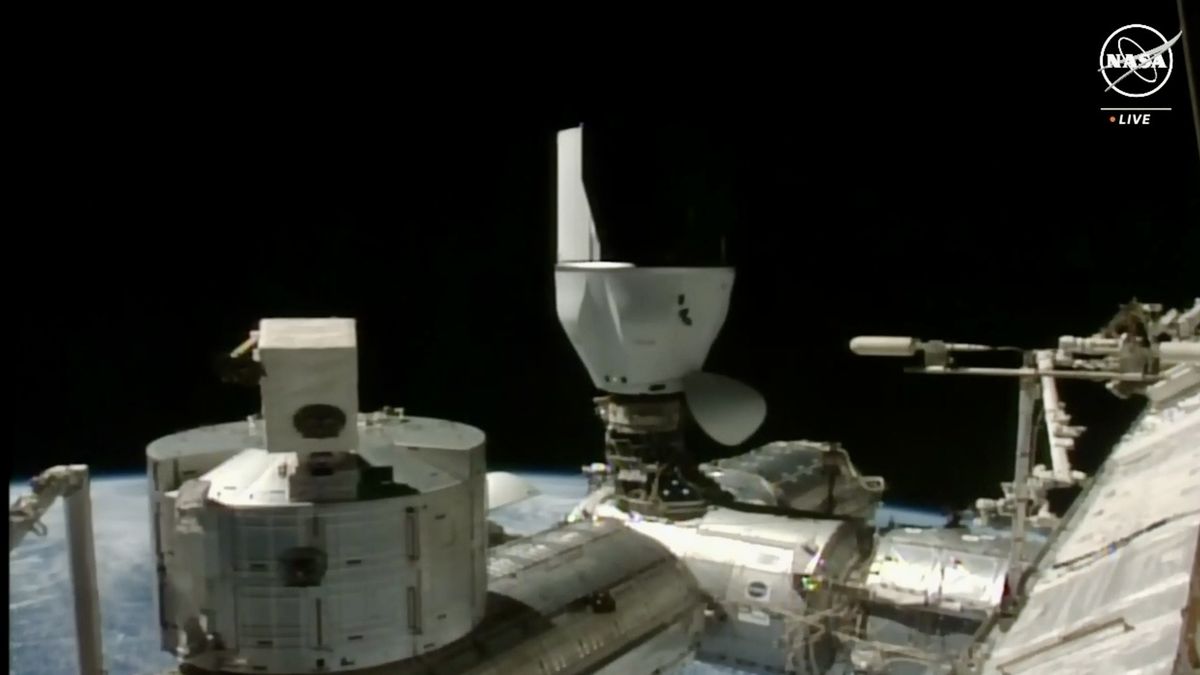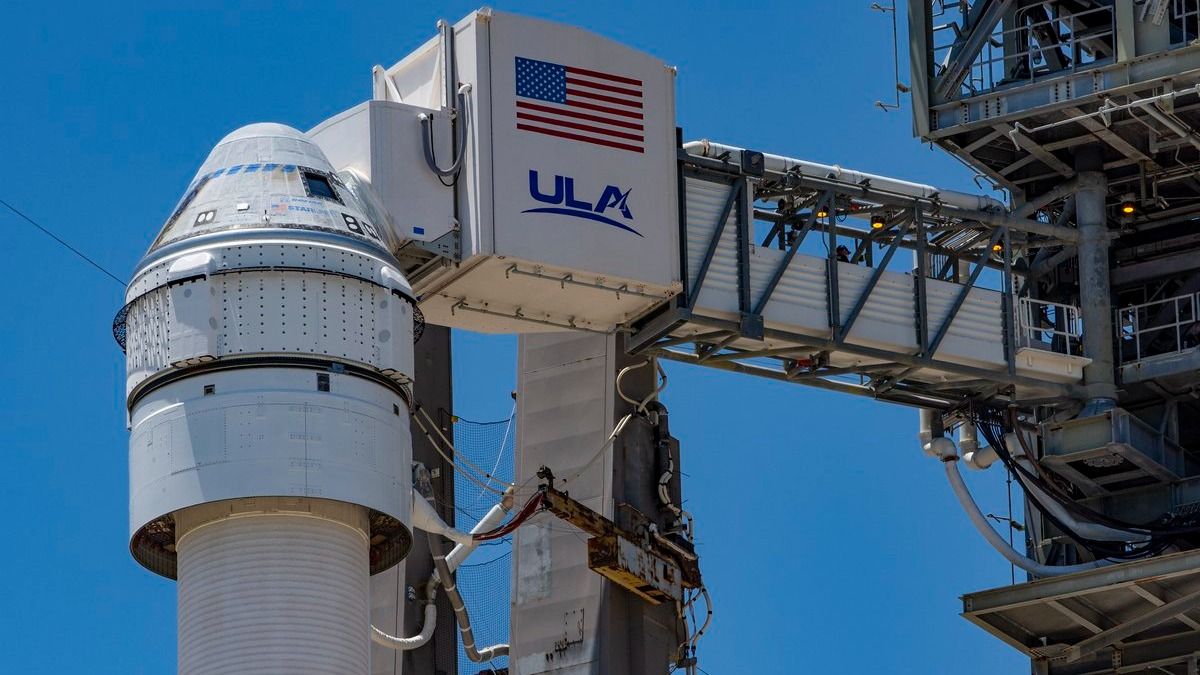Solar Eclipse Safety Tips
A solar eclipse is set to occur on April 8, visible across North America. While everyone in the U.S. will have the opportunity to witness a partial solar eclipse, only those within the 115-mile-wide path of totality will experience the sun being fully obscured by the moon’s shadow for up to 4 minutes and 28 seconds. It is crucial to note that during totality, when the sun’s face is entirely hidden, it is safe to gaze at the eclipsed sun’s corona with the naked eye. However, at all other times, including during the partial phase, it is imperative to wear certified solar eclipse glasses to protect your eyes.
Importance of Solar Eclipse Glasses
To view the solar eclipse safely, it is essential to acquire certified solar eclipse glasses. These glasses are widely available and affordable. It is recommended to obtain them from verified suppliers listed on the American Astronomical Society’s AAS Solar Eclipse Task Force website to ensure compliance with the ISO 12312-2 international standard. This standard guarantees that the glasses reduce visible sunlight to safe levels and block harmful solar UV and IR radiation.
When to Use Solar Eclipse Glasses
Solar eclipse glasses should be worn whenever viewing the sun during the partial phases of the eclipse. Only during totality, when the moon completely covers the sun, can the glasses be safely removed.
Traveling Precautions
As the path of totality for the upcoming solar eclipse includes both major cities and remote areas, it is crucial to prepare adequately for backcountry travel. Some regions may lack facilities, gas stations, and other amenities, so it is advisable to carry essentials such as food, water, cash, and fuel, especially if you plan to venture into less populated areas.
Weather Conditions
Weather conditions can vary significantly in April, ranging from snow in the Northeast to tornadoes in the Midwest. It is essential to stay informed about the weather forecast, particularly if you are traveling to remote locations to witness the eclipse. Familiarize yourself with the climate along the eclipse track and choose your viewing spot wisely.
Observing from Cities
When observing the solar eclipse from a city, be cautious and avoid hazardous situations. Opt for open spaces or parks for an unobstructed view, as urban settings with tall buildings may hinder visibility.
Traffic and Travel Tips
While relocating to find clear skies for viewing the eclipse may be tempting, it is recommended to plan your journey in advance and avoid last-minute changes unless necessary. Stay informed about traffic conditions using apps like Google Maps and have backup plans in place. Utilize interactive eclipse maps and guidebooks for detailed information on eclipse schedules and viewing locations.
Image/Photo credit: source url





